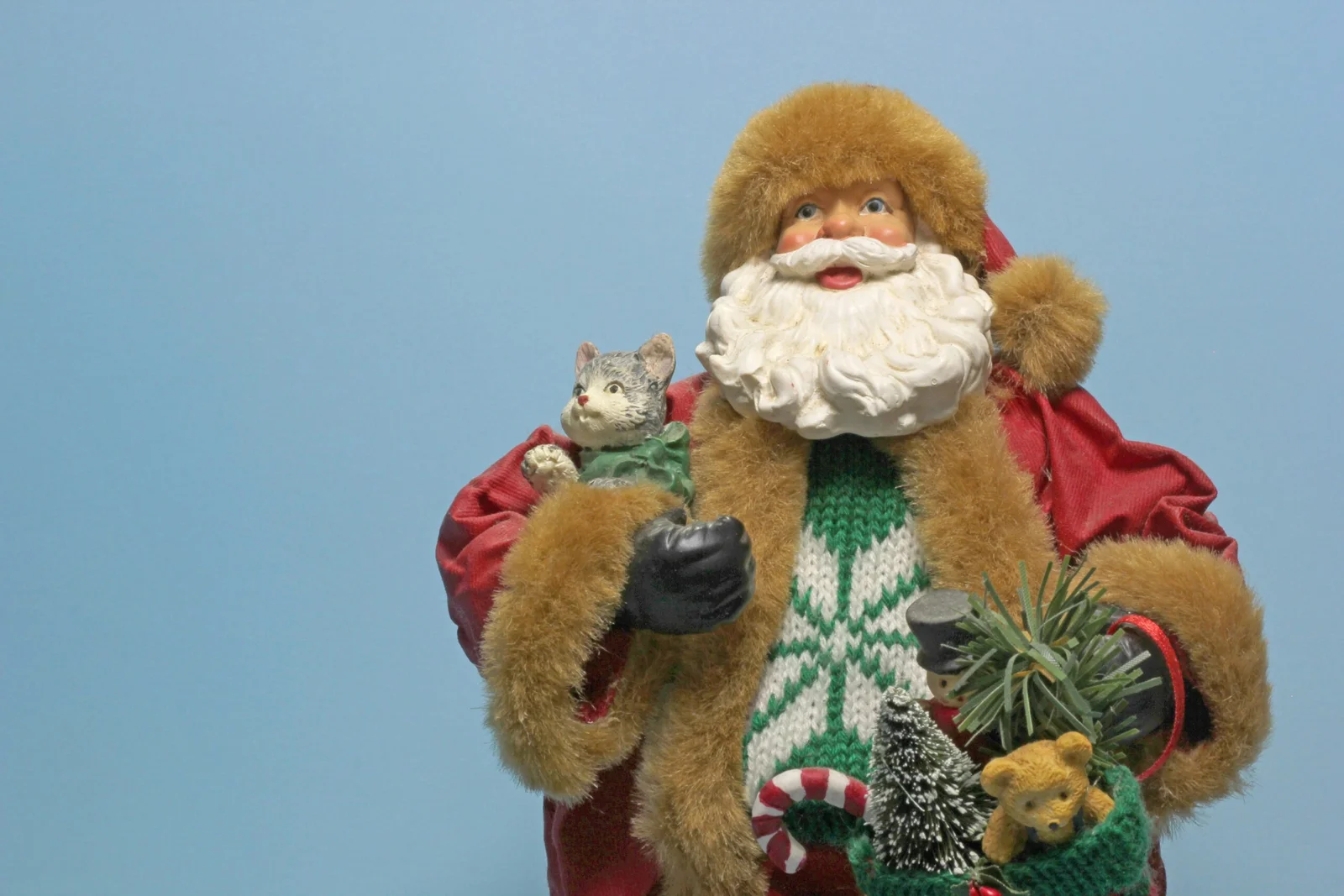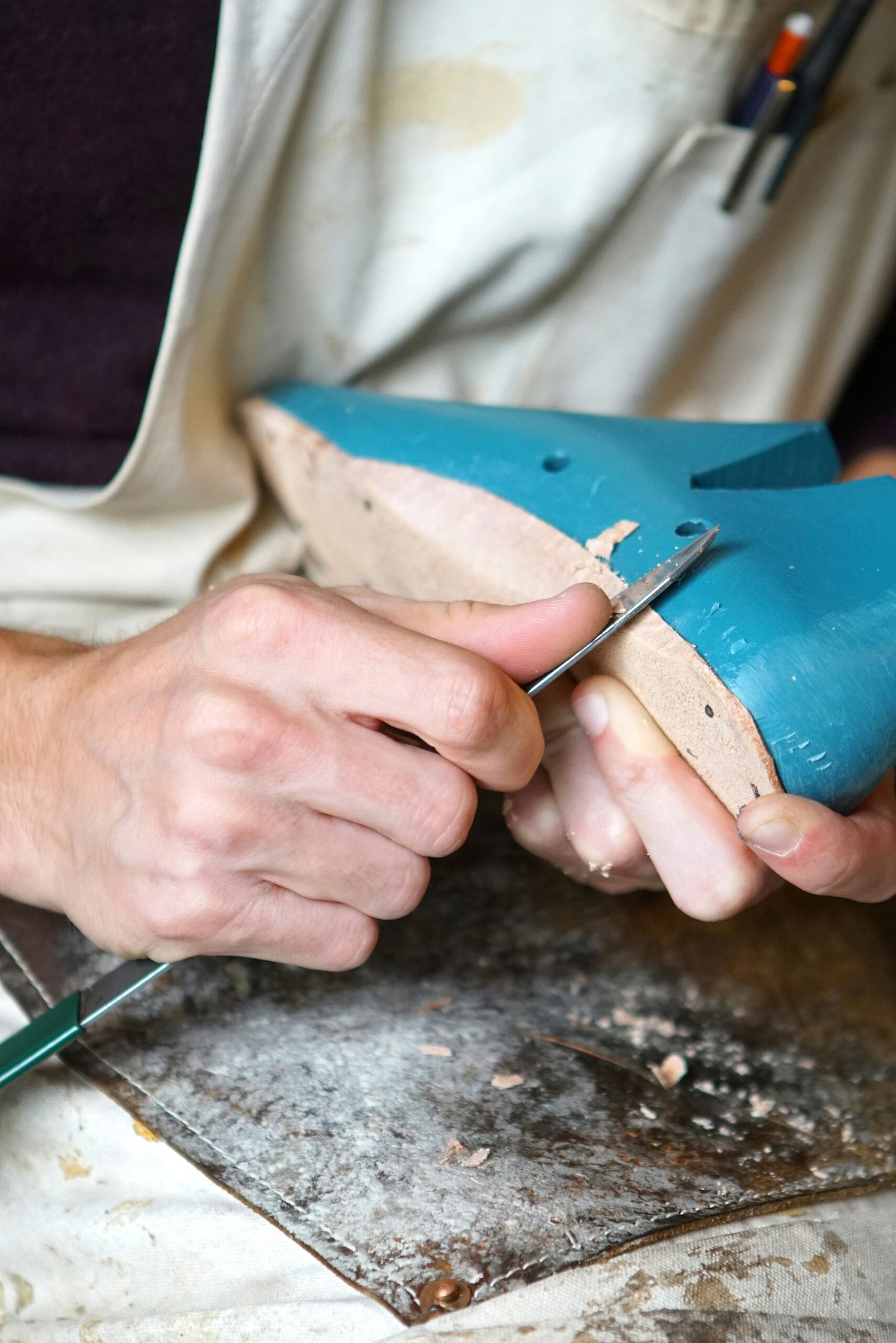Quilting is an age-old craft that has retained its popularity over the years due to its ability to weave together creativity and functionality. One of the most recognized patterns among quilters is the sawtooth quilt border. Known for its distinctive zigzag design, the sawtooth border not only enhances the overall aesthetic of a quilt but also carries historical significance, often used in traditional quilting styles throughout various cultures. This pattern stands out for its simplicity, making it a favored choice for both novice and experienced quilters alike.
This sawtooth quilt border tutorial serves as an accessible guide for those looking to expand their quilting repertoire. Whether you are new to the art of quilting or have considerable experience, this free guide offers straightforward instructions to create a stunning sawtooth quilt border. You will find that mastering this technique can add depth and interest to your quilting projects, elevating your craftsmanship in the quilting community.
As you embark on this creative journey, you’ll find the sawtooth border’s versatility can adapt to various quilting styles, from contemporary to traditional. In addition to enhancing visual appeal, the sawtooth quilt border plays a crucial role in constructing quilts that are not only beautiful but also functional. It is just one of the many elements you can explore as you delve into the world of quilting for beginners or as an accomplished quilter seeking new challenges.
By learning how to incorporate the sawtooth design into your quilts, you can create unique and personal pieces that tell a story while showcasing your skills. This guide aims to inspire and assist you in transforming your quilting endeavors into a fulfilling hobby or an impressive skill, ensuring that every quilt you create can be a cherished work of art.
What is a Sawtooth Quilt Border?
The sawtooth quilt border is a popular design feature in quilting, easily recognizable for its distinctive zigzag pattern. This unique border mimics the shape of a saw blade, making it both striking and engaging to the eye. The design consists of alternating triangles, creating a visual rhythm that adds movement and depth to any quilt. The sawtooth pattern is often used to create separation between different sections of a quilt, allowing the central motifs to stand out while framing them beautifully.
The history of the sawtooth quilt border traces back to traditional quilting practices, where quilters sought to create visually compelling and functional works of art. This pattern began to gain popularity in the 19th century and has remained relevant due to its versatility. The sawtooth design can be adapted in size, color, and complexity, making it suitable for a variety of quilt styles, from simple quilts for beginners to more intricate works for advanced quilters.
Many quilters appreciate the sawtooth border for its myriad of customization options. It permits the incorporation of varying fabrics, colors, and shapes, allowing crafters to express their creativity and personal style. Additionally, the sawtooth quilt border can seamlessly integrate into a myriad of quilt patterns, enhancing their visual appeal without overwhelming the overall design. Its adaptability makes it a favored choice among quilters aiming for a balance between artistry and functionality.
Overall, the sawtooth quilt border is a timeless and beloved element in quilting, celebrated for its sharp aesthetic and customizable nature. Whether used as a framing device or a standalone feature, its unique characteristics contribute to the enduring charm of quilting as a craft.
Materials and Tools You’ll Need
Creating a sawtooth quilt border requires a variety of materials and tools to ensure a successful and enjoyable quilting experience. At the core of your project, you’ll need a selection of quality fabric. Recommended patterns often include geometric prints, stripes, or solid colors that harmonize with the quilt center. Cotton fabric is preferred for its durability and ease of handling, while lighter coordinative fabrics can enhance the quilt’s overall appearance without overshadowing the central design.
In addition to fabric, several essential tools are needed to facilitate the sewing process. A rotary cutter is indispensable as it offers precision cutting, allowing for clean edges and accurate measurements. Pair this tool with a reliable cutting mat to protect your work surface and prolong the life of your cutter. You will also need quilting rulers, preferably with clear markings, to measure and cut your fabric strips accurately, ensuring that each sawtooth triangle is uniform.
A sewing machine is a fundamental tool for stitching your quilt pieces together. Opt for a machine with a walking foot or a quarter-inch foot to achieve consistent seam allowances, which are crucial for the sawtooth quilt border’s integrity. Alongside the sewing machine, keeping pinning supplies, such as pins and clips, handy can help in aligning fabric pieces before sewing.
Finally, an iron and ironing board are vital in the quilting process. Pressing seams flat after stitching helps achieve sharper points in your sawtooth design and ensures a polished finish. Look for affordable fabric options at local quilt shops or online fabric distributors to make your quilting journey budget-friendly. By gathering these materials and tools, you will be well-prepared to embark on your sawtooth quilt border project.
Preparation Before Sewing
Before embarking on the journey of creating a sawtooth quilt border, careful preparation is essential for achieving a successful and visually appealing result. This section will guide you through three pivotal steps: selecting fabric colors, measuring and cutting fabric pieces, and arranging the pattern for a cohesive design.
Choosing the right fabric colors is the first step in preparation. When selecting fabrics, consider how different colors interact with each other. Use the color wheel as a reference; complementary colors, which sit opposite each other on the wheel, create vibrant contrasts that can enhance your quilt’s design. Alternatively, analogous colors, which are adjacent on the wheel, can provide a more harmonious look. Aim to include a mix of light, medium, and dark shades to add depth and interest. Remember that layering fabrics can also modify the perceived colors, so testing combinations by placing fabric pieces next to one another can be beneficial.
The next critical step is measuring and cutting fabric pieces accurately. For a sawtooth quilt border, you will primarily work with triangles and rectangles. Start by cutting strips of fabric for the border; these should typically be 5 inches wide for a standard quilt. Next, for triangle pieces, use a rotary cutter to slice the strips diagonally, creating two triangles from each strip. The rectangles can be cut into various sizes, depending on your pattern design. Always use a cutting mat and a ruler to ensure precision, as any discrepancies in size will impact the overall quilt appearance.
Finally, arrange your fabric pieces on a flat surface. Visualizing the final design will help in determining which fabric works best together. Take your time to experiment with different layouts; it is helpful to take a photograph of your arrangements, as this can provide a reference point in case you need to recreate the layout later. By following these steps, you set a solid foundation that will contribute greatly to the success of your sawtooth quilt border project.
Step-by-Step Guide: Making a Sawtooth Quilt Border
Creating a sawtooth quilt border consists of several essential steps that require careful attention to detail. To begin, gather the materials you will need: quilting fabric, a rotary cutter, a cutting mat, a ruler, and a sewing machine. The first task involves cutting the fabric into triangles, which will form the sawtooth units. For this, refer to a standard sawtooth unit size—commonly, these are 2.5 inches at the base. Use your ruler to ensure accurate cuts, as precision is vital for successful piecing.
After cutting the fabric, arrange your triangles into pairs, noticing how they create a point. This arrangement will help you visualize the final layout. Begin piecing the triangles together by sewing along the edges, keeping a consistent seam allowance of approximately ¼ inch. Press each seam open to reduce bulk and ensure the units lie flat. Repeat this process until you have sewn enough units to create the desired length for the border strip.
Once your sawtooth units are pieced together, the next step is to sew them into a continuous border strip. Lay out the units before sewing to confirm the design and alignment. It is crucial to maintain uniformity between the units, so ensure that they are oriented consistently. As you sew them together, use a ¼-inch seam allowance to maintain the size. This will prevent your quilt from becoming distorted.
The final step is to attach the sawtooth border to your quilt top. Start by aligning the border strip’s edges with those of the quilt top. Pin the border in place, ensuring the corners match up accurately. Sew along the edges of the quilt top, taking care to keep the seams neat and smooth. After completing this step, press the border flat to finish the sawtooth quilt border beautifully. Following these steps will ensure a meticulous and visually appealing finish to your quilt project.
Tips for a Professional Finish
Achieving a professional finish for your sawtooth quilt border involves several key techniques that can elevate the overall appearance of your project. First and foremost, pressing seams is crucial. To achieve a crisp and clean look, it is essential to press each seam as you go. Use a hot iron and ensure that you are pressing rather than dragging the iron across the seams. This technique will help set the stitches without distorting the fabric, resulting in a more polished finish.
Handling corners and edges is equally important in creating a professional-looking quilt border. When sewing the corners of the sawtooth border, consider using a technique known as ‘corner turning.’ This involves sewing diagonally across the corner before trimming the excess fabric. When you turn the quilt, this method will help create a clean, sharp corner. Additionally, make sure that the edges of your quilt are properly aligned and pressed flat to prevent any unwanted puckering.
To further enhance the design of your quilt, consider adding embellishments or personal touches to the quilt border. Options include decorative stitch patterns, embroidery, or even simple hand quilting. These additional details can prevent the quilt border from looking too plain and can give it an individualized flair that reflects your personal style. Remember that while embellishments can add character, they should complement the existing design rather than overwhelm it.
By incorporating these finishing tips—thoughtful seam pressing, precise corner management, and personalized embellishments—you can achieve a sawtooth quilt border that not only looks stunning but also exhibits a level of craftsmanship that is both professional and satisfying.
Common Mistakes and How to Avoid Them
Creating a sawtooth quilt border can be a rewarding experience, but it is not without its challenges. Several common mistakes can hinder the quilting process, leading to frustration and unsatisfactory results. Understanding these pitfalls and implementing strategies to avoid them will enhance your quilting journey.
One frequent issue is uneven seams. This problem often arises when the sewing machine’s foot is either too loose or too tight. To prevent this, ensure that your sewing machine is properly calibrated. Use a consistent seam allowance throughout your project, which can be facilitated by placing a piece of tape on your machine to mark the seam width. If you discover uneven seams after sewing, do not despair; carefully unpick the stitches and resew them for a neater finish.
Another common mistake involves misaligned patterns. Sawtooth quilts rely heavily on precision, and even a slight misalignment can disrupt the overall aesthetic. To ensure proper alignment, double-check your cutting measurements and align fabric pieces before sewing. Pinning fabric pieces together can also help maintain alignment throughout the process. If you notice misaligned pieces after sewing, consider using a seam ripper to carefully detach them and reassemble them correctly.
Incorrect measurements are also a prevalent challenge when creating a sawtooth quilt border. This can lead to pieces that do not fit together properly, resulting in a quilt that may not meet your expectations. To mitigate this issue, always measure twice before cutting and utilize a rotary cutter with a clear ruler for accuracy. If inaccurate cuts have been made, you may need to improvise with additional fabric strips to fill gaps or re-cut pieces to the correct size.
By being aware of these common mistakes and employing practical solutions, you can create a beautifully crafted sawtooth quilt border, ensuring a smoother and more enjoyable quilting experience.
Frequently Asked Questions (FAQs)
Understanding how to create a sawtooth quilt border can lead to many questions, especially for those new to quilting or this particular technique. Below, we address some of the most frequently asked questions to help clarify any uncertainties.
One common question revolves around the best fabrics to use for a sawtooth quilt border. Generally, cotton fabric is the preferred choice due to its durability, ease of use, and ability to maintain crisp angles. Additionally, quilters often select fabrics that contrast well with the main body of the quilt for visual appeal, ensuring that the sawtooth pattern stands out. A mixture of prints and solids can enhance texture and depth, allowing for a dynamic border design.
Another prevalent inquiry pertains to resizing the sawtooth border to fit various quilt dimensions. The beauty of this border lies in its versatility. To resize, it is essential to maintain the proportions of the sawtooth blocks. By adjusting the size of each block or modifying the number of blocks in the border, one can create a customized fit for any quilt. To ensure a cohesive appearance, it is advisable to chart the desired dimensions and calculate the necessary fabric pieces before cutting.
Lastly, many quilters wonder if it is feasible to create a sawtooth quilt border by hand rather than by machine. The answer is yes; hand piecing is a traditional method that can result in a beautifully crafted quilt border. While this approach may require more time, it allows for greater attention to detail and can be a meditative process for those who enjoy handwork. Ultimately, whether using a machine or sewing by hand, the key is to ensure precision in your seams for the best end result.
Conclusion
In summary, creating a sawtooth quilt border is a rewarding process that combines both skill and creativity. The steps outlined—from selecting fabric to assembling the border—serve as essential guidelines for both novices and experienced quilters alike. Properly cutting and arranging the triangles allows for a beautiful and striking visual effect, enhancing the overall design of your quilt.
As you explore different fabric combinations and patterns, consider how colors interact and complement one another. The sawtooth border can be an excellent opportunity to experiment with varying shades and prints, enabling you to express your personal style. By choosing contrasting hues or subtle tones, you can create a dynamic look that elevates your quilt project.
Quilting is not just a craft; it is a form of artistic expression that offers therapeutic benefits and a sense of accomplishment upon completion. Take pride in each stitch and design decision you make. Remember that the journey of quilting is just as important as the final product. With practice, patience, and a willingness to explore, the process can become more enjoyable and fulfilling.
We encourage you to embark on your sewing journey with confidence. The sawtooth quilt border can serve as a beautiful addition to your projects, amplifying the beauty of your quilts and allowing your creativity to shine through. Embrace the joy of quilting and the happiness it brings—your handcrafted pieces will surely reflect your dedication and artistic vision.


